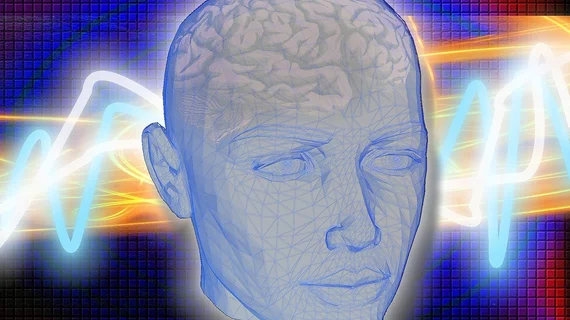Researchers use AI for neural implants to treat Parkinson’s disease and epilepsy
Leveraging the power of artificial intelligence, Xilin Liu, PhD, of the University of Toronto is working to increase the clinical efficacy of neural implants to treat symptoms of Parkinson’s Disease and epilepsy.
The tiny futuristic implants that Liu is tinkering with measure just 3 millimeters, but they pack a lot of power—and could have an important impact on quality of life for patients with the two brain disorders. By modulating abnormal brain activity, the implants attempt to help stop the tremors or seizures commonly associated with the disorders.
“Neurons talk to each other in part via electrical signals, and a therapeutic neural implant produces electrical stimulation–like a pacemaker for the brain,” explains Liu, an assistant professor in the Faculty of Applied Science & Engineering, in a news release. “In cases of tremors or seizures, the stimulation attempts to restore the neurons to a normal condition.
Using AI to minimize excessive stimulation
To reduce risks that implants could cause excessive stimulation, Liu and his team worked to create deep learning models that identify the right times to activate the neural implants. The models, Liu notes, outperformed conventional algorithms in detecting optimal timing.
“Most existing implants produce electrical stimulation at a constant rate, regardless of the patient’s condition,” he says. “With [deep learning], we can activate the neural implants at the optimal time and only when necessary.”
Engineering neural implants
From an engineering standpoint, the implants are integrated into the tiny chips via complementary metal-oxide semiconductor (CMOS) technology—the same process used to fabricate the chips used in computers and smartphones.
The careful construction minimizes the implant’s dimensions as well as their power consumption, thereby minimizing risks associated with the initial surgical implantation as well as long-term use.
Other new design optimization strategies include high precision electrical stimulation along with charge balancing, Liu noted.
Future uses beyond epilepsy and Parkinson’s Disease
Neuromodulation therapies via neural implants may have potential future uses to help treat symptoms of other concerns, such as chronic pain, depression, dementia, sleep disorders and perhaps even Alzheimer’s disease, Liu notes.
“Impaired sleep has been associated with Alzheimer’s, and many people suffer from different levels of sleep disorders,” he says. “We are investigating closed-loop neuromodulation techniques to improve sleep quality by reinforcing or inhibiting certain brain rhythms.”
Liu will continue his work and plans to pass on his knowledge to the next generation of researchers as he leads a graduate level course in neuromodulation.
